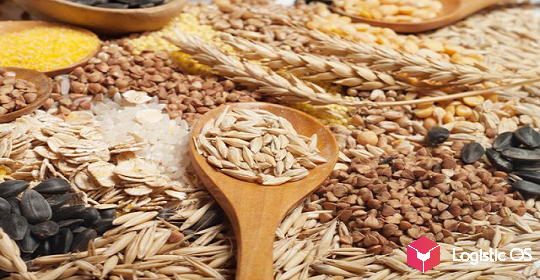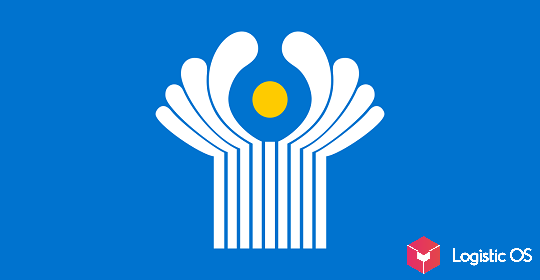The tough policy of the Central Bank of the Russian Federation forced the Ministry of Agriculture to reconsider the conditions under which farmers can receive loans.
Previously, it was assumed that the rate on preferential loans would not exceed 5%. However, given that the Central Bank today keeps the key rate at 16%, it is no longer possible to maintain such a low value.
For this reason, the Ministry of Agriculture has developed a complex scheme with a floating rate.
— All agricultural enterprises are divided into two groups: priority and others.
— For the former, the rate on preferential loans is calculated using the formula: 30% of the Central Bank rate + 2%. For the latter – 50% of the Central Bank rate + 2%.
With today’s Central Bank rate at 16%, we get 6.8% and 10%, respectively. Such conditions are much worse than they were before, but the Ministry of Agriculture simply has no choice.
It is planned that the mechanism will start working on February 10. At the moment, its implementation has been agreed upon with the Ministry of Finance, the Ministry of Economic Development and Deputy Prime Minister Victoria Abramchenko.
Which enterprises will be considered core?
The classification is based on whether the country’s food security has been achieved in a given area or not, priority is given to problem areas.
From this point of view, the Ministry of Agriculture considered selection and genetics to be priority areas, since a significant part of the seeds used by farmers is still imported, and for some items, full replacement is still very far away.
They also include dairy farming, for which the Russian Federation depends on imports, and poultry farming: last year’s situation with a shortage of eggs showed that not all is well here.
In addition, the Ministry of Agriculture classified the flour-milling and baking industries as priority areas, which raised a number of questions among experts.
For example: Russia is completely self-sufficient in bread, but flour is not in great demand when sold for export. If it is necessary to maintain the growth of its production, then for what purpose?
Also raising questions is the non-inclusion of agricultural machinery production, construction of storage facilities and elevators in the list of priority areas.
There is a significant shortage of them in the country, and in addition, these are capital-intensive objects that require significant investments and time in order to begin to function.
But in general, experts understand the reasons why the Ministry of Agriculture is switching to work under new rules.
“The volume of subsidies is limited, and the Ministry of Agriculture has a desire to issue as many loans as possible, which, in the face of declining profitability of agricultural producers, are one of the few ways to support their activity,” noted independent grain market expert Alexander Korbut.

